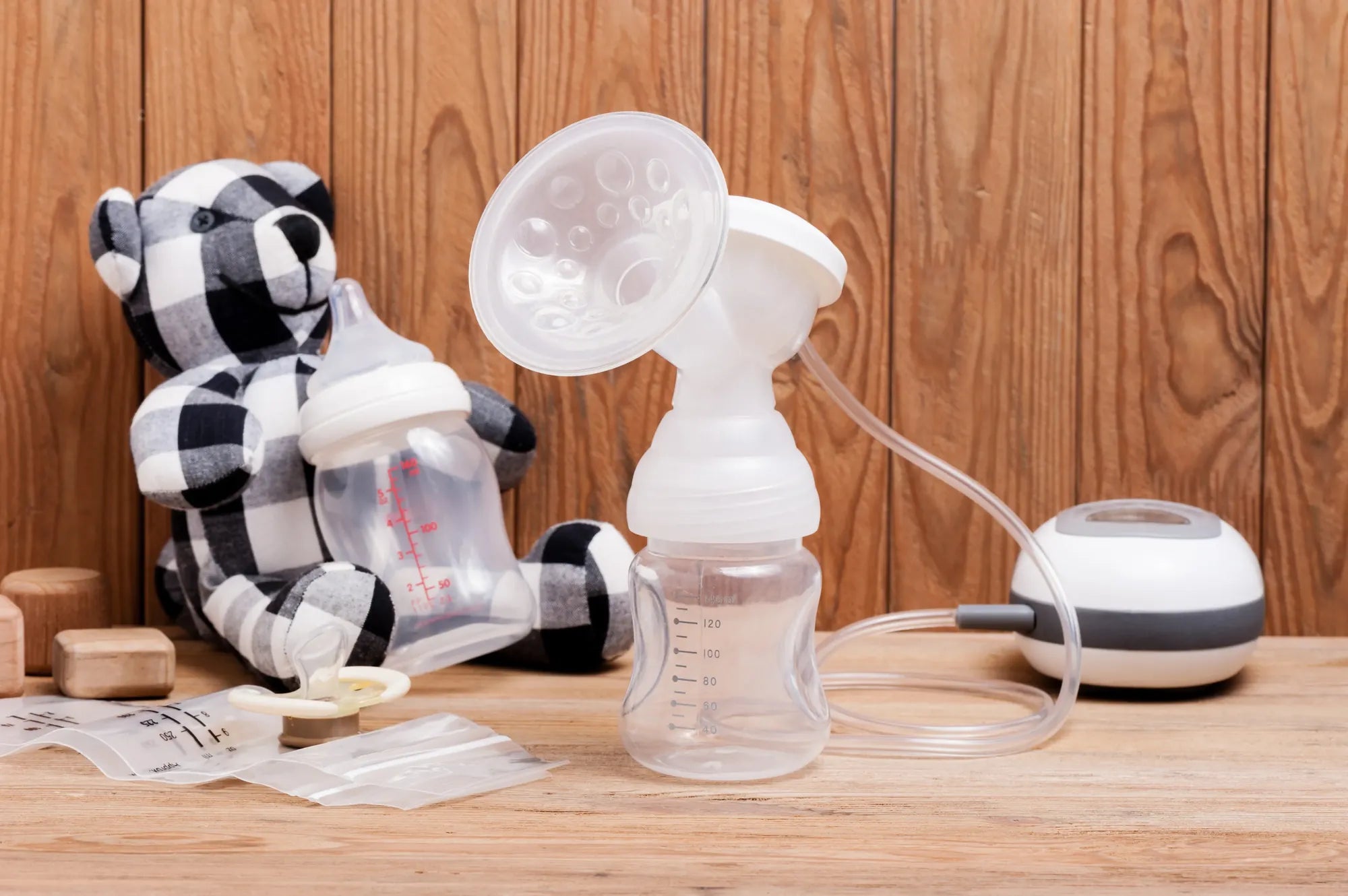Startseite
Pregnancy, Breastfeeding, and Pumping: The Ultimate Guide for Moms
Do You Store Breast Milk After Pumping? Essential Tips and Guidelines

Do You Store Breast Milk After Pumping? Essential Tips and Guidelines
Storing breast milk after pumping is a crucial aspect of ensuring your baby receives the best nutrition even when you're not around. Whether you're a working mom, managing multiple responsibilities, or simply need to build a stash, understanding the proper techniques for storing breast milk can make all the difference. This article will guide you through everything you need to know about storing breast milk safely and effectively.
Why Proper Storage of Breast Milk Matters
Breast milk is a living substance packed with essential nutrients, antibodies, and enzymes that support your baby's growth and immune system. However, improper storage can compromise its quality, making it less effective or even unsafe for your little one. By following the right storage practices, you can preserve the nutritional value and ensure your baby gets the best possible start in life.
How Long Can Breast Milk Be Stored?
The duration for which breast milk can be stored depends on the storage method and temperature. Here's a quick guide:
- Room Temperature: Freshly pumped breast milk can be kept at room temperature (up to 77°F or 25°C) for up to 4 hours. If the room is cooler, it can last up to 6 hours.
- Refrigerator: In the fridge (at 40°F or 4°C or lower), breast milk can be stored for up to 4 days. Place it at the back of the fridge, where the temperature is most consistent.
- Freezer: In a standard freezer (0°F or -18°C or lower), breast milk can be stored for up to 6 months. In a deep freezer, it can last up to 12 months.
Choosing the Right Containers for Storage
Selecting the appropriate containers is essential for maintaining the quality of your breast milk. Use containers specifically designed for breast milk storage, such as BPA-free plastic bottles, glass containers, or breast milk storage bags. Ensure the containers are clean and sterilized before use. Avoid using regular plastic bags or containers not intended for breast milk, as they may leach harmful chemicals or fail to seal properly.
Labeling and Organizing Your Stash
To avoid confusion and ensure you use the oldest milk first, always label your containers with the date and time of pumping. If you're storing milk for a daycare provider, include your baby's name as well. Organize your stash by placing the oldest milk at the front of the fridge or freezer, so it's easily accessible when needed.
Thawing and Using Stored Breast Milk
When it's time to use stored breast milk, proper thawing is key. For frozen milk, thaw it in the refrigerator overnight or place the container in a bowl of warm water. Avoid using a microwave, as it can create hot spots and destroy valuable nutrients. Once thawed, gently swirl the milk to mix the separated fat layers. Use thawed milk within 24 hours and never refreeze it.
Signs of Spoiled Breast Milk
While breast milk is generally safe when stored correctly, it's important to recognize signs of spoilage. If the milk smells sour or has an off taste, discard it immediately. Additionally, if the milk has separated into layers and doesn't mix back together after swirling, it may no longer be safe for your baby.
Tips for Maximizing Breast Milk Storage
Here are some additional tips to help you make the most of your breast milk storage:
- Pump frequently to maintain your milk supply and build a stash.
- Store milk in small quantities (2-4 ounces) to minimize waste.
- Keep a cooler with ice packs handy for transporting milk when you're on the go.
- Follow the 'first in, first out' rule to ensure older milk is used first.
Storing breast milk after pumping doesn't have to be overwhelming. With the right knowledge and tools, you can ensure your baby always has access to the nourishment they need. By following these guidelines, you'll be well-equipped to handle the challenges of breastfeeding and pumping with confidence.
Teilen


